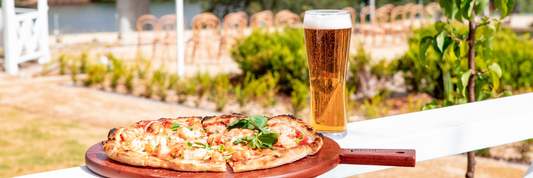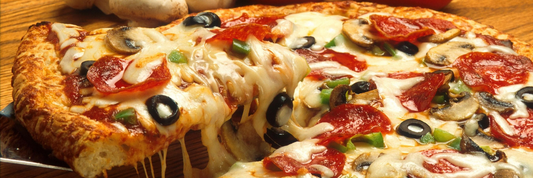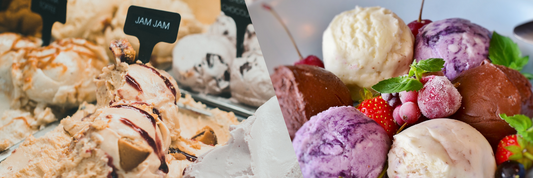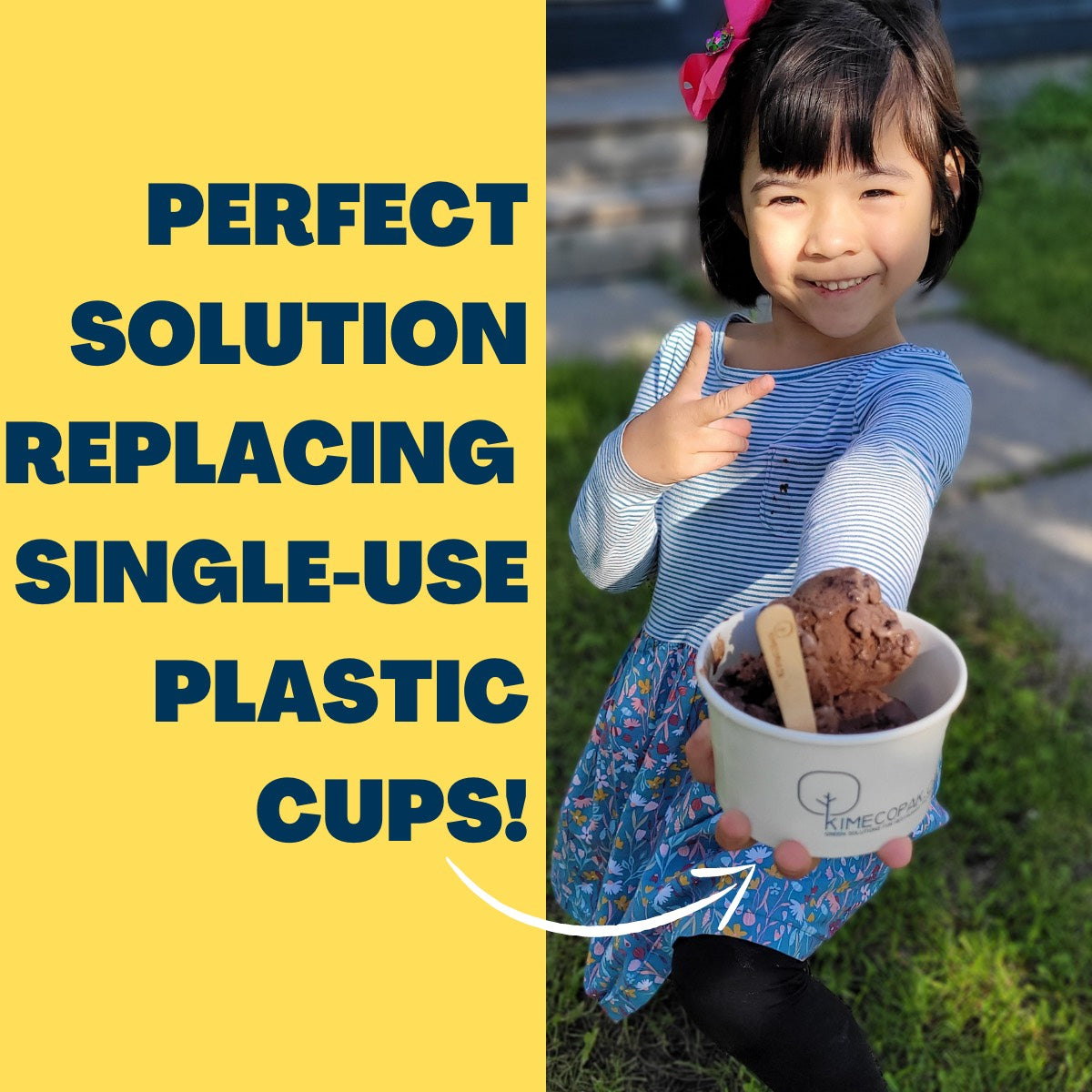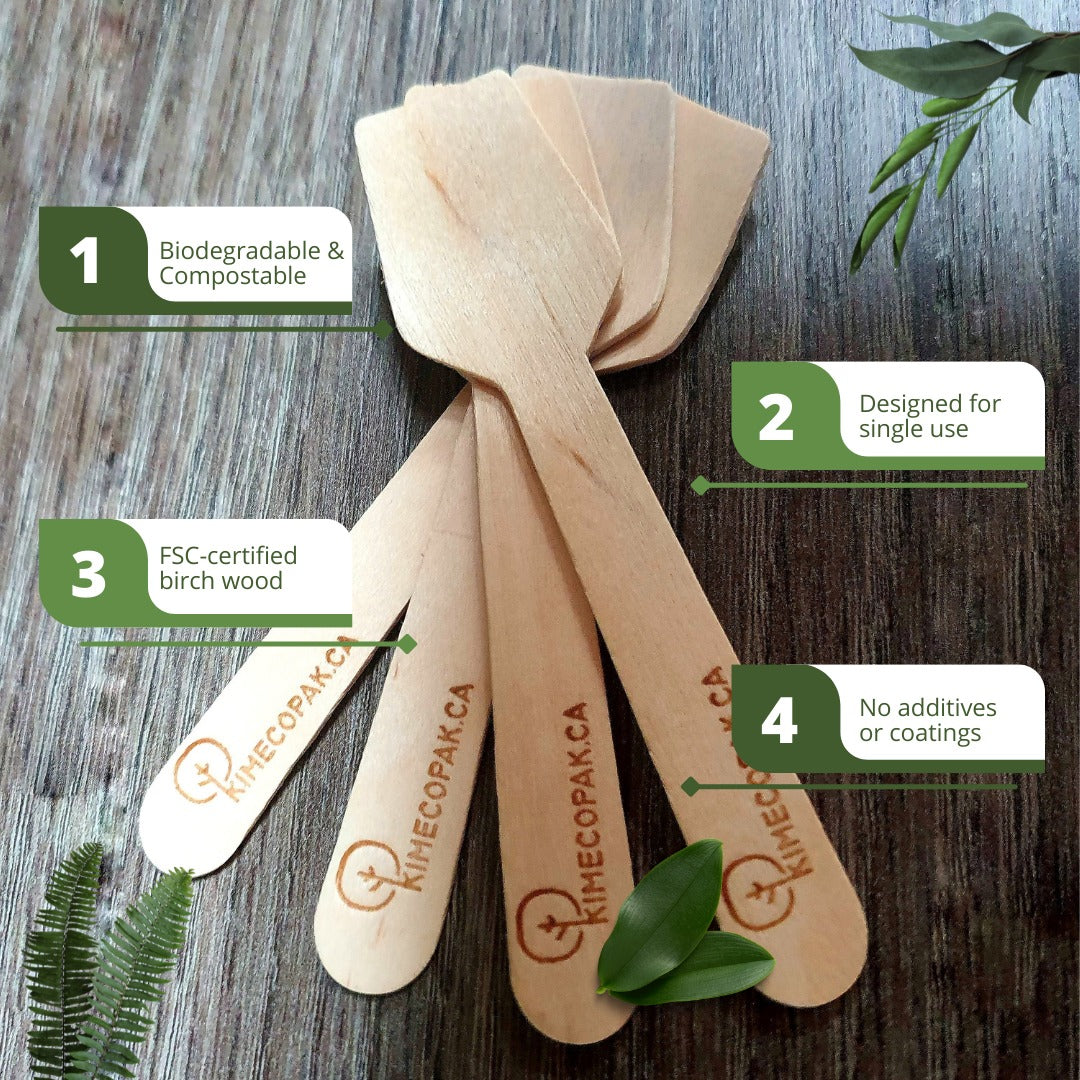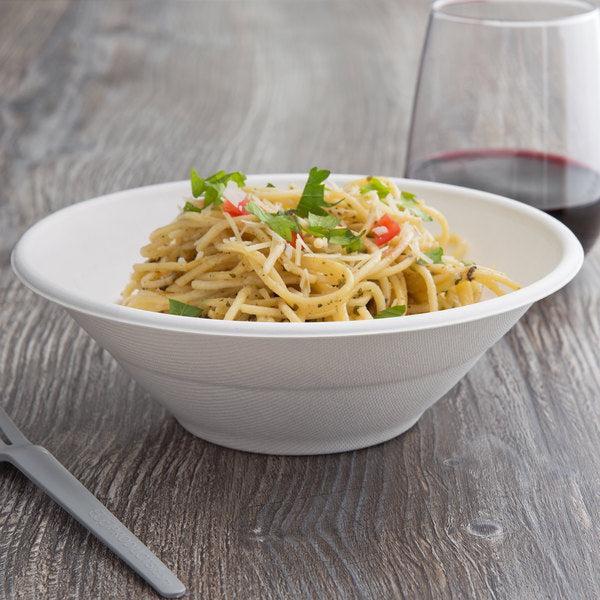Pickled carrots and daikon, known as "Đồ Chua" in Vietnamese cuisine, are a staple in many Southeast Asian dishes. These tangy, slightly sweet, and crunchy vegetables add a refreshing contrast to rich and savory foods. Whether used in banh mi sandwiches, noodle bowls, or rice dishes, pickled carrots and daikon elevate the overall flavor profile.
In this guide, we’ll explore everything you need to know about pickled carrots and daikon—from ingredients and preparation to storage and creative uses.
What Are Pickled Carrots and Daikon?
Understanding Đồ Chua
In Vietnamese cuisine, Đồ Chua refers to pickled vegetables, typically made with julienned carrots and daikon radish soaked in a sweet and tangy vinegar brine. The pickling process enhances the vegetables' natural flavors while adding a satisfying crunch.
While Đồ Chua is most commonly associated with Vietnamese food, variations exist in Japanese (Takuan), Cambodian, and Chinese cuisines, each with unique seasoning and preparation techniques.
Health Benefits of Pickled Vegetables
- Supports digestion – The acidity in pickled vegetables can aid in digestion.
- Enhances flavor balance – The tanginess cuts through fatty dishes like grilled meats.
- Low in calories – Pickled vegetables add flavor without extra calories.
- Customizable for health-conscious diets – Adjust sugar and salt levels to fit dietary needs.
Ingredients & Substitutes

Core Ingredients
- Carrots & Daikon Radish – Fresh, firm, and crisp vegetables work best.
- Vinegar – Rice vinegar vs. white vinegar: Rice vinegar is milder, while white vinegar provides a sharper tang.
- Sugar & Salt – Essential for balancing acidity and enhancing the vegetables' natural sweetness.
- Water – Helps dilute the brine to prevent overpowering sourness.
Optional Additions for Enhanced Flavor
- Garlic & chili – Adds depth and a subtle heat.
- Ginger – Introduces a warm, aromatic note.
- Vinegar alternatives – Apple cider vinegar can be used for a fruitier taste.
How to Make Pickled Carrots and Daikon
Preparation Steps
- Peel and cut the vegetables – Julienne them into matchstick-sized pieces for a classic texture.
- Salt the vegetables – Toss with salt and let sit for 15–30 minutes to draw out excess moisture, making them crispier.
- Rinse and drain – Wash off the salt and pat dry.
Making the Pickling Brine
- Combine the ingredients – Mix vinegar, water, sugar, and salt in a saucepan.
- Heat the mixture – Stir over medium heat until the sugar fully dissolves. Let cool to room temperature.
Pickling Process
- Place the prepared vegetables in a clean glass jar.
- Pour the cooled pickling brine over the vegetables, ensuring they are fully submerged.
- Seal the jar and let it sit at room temperature for a few hours, then refrigerate.
Storage & Shelf Life
How Long Do Pickled Carrots and Daikon Last?
- In the refrigerator: Up to 4 weeks for optimal taste and texture.
- At room temperature: Best consumed within 1–2 days if not refrigerated.
- Signs of spoilage: Slimy texture, off-putting odor, or mold growth.
Best Practices for Storing Pickled Vegetables
- Use glass jars instead of plastic for better preservation.
- Always use clean utensils when taking out the pickles to prevent contamination.
- Adjust sugar and salt levels if planning for long-term storage.
How to Use Pickled Carrots and Daikon in Dishes

Traditional Vietnamese Applications
- Bánh Mì (Vietnamese Sandwich) – Adds a tangy crunch to balance the rich fillings.
- Bún Thịt Nướng (Grilled Pork Noodle Bowls) – Enhances freshness in cold noodle salads.
- Cơm Tấm (Broken Rice with Grilled Pork) – Complements grilled meats and rice.
Creative and Fusion Ideas
- Asian-style salads – Toss with fresh greens and sesame dressing.
- Sushi rolls – Use as a substitute for traditional pickled radish.
- Tacos – A unique topping for fusion-style tacos.
Frequently Asked Questions (FAQs)
Can I use apple cider vinegar instead of rice vinegar?
Yes, but it will give a slightly fruitier and stronger flavor.
How do I make pickled carrots and daikon less sweet?
Reduce the sugar amount or use a natural sweetener like honey.
How can I keep pickled vegetables crispy?
Salting the vegetables before pickling helps maintain their crunch.
Can I use this pickling method for other vegetables?
Yes! Try pickling cucumbers, onions, or green papaya using the same brine.
Conclusion
Pickled carrots and daikon are a simple yet versatile addition to any kitchen. With just a few basic ingredients, you can create a delicious, homemade condiment that enhances a variety of dishes. Whether you’re making authentic Vietnamese banh mi or experimenting with creative fusion recipes, this quick and easy pickling method ensures a flavorful, crunchy result every time.
Try this recipe at home, and enjoy the vibrant flavors of homemade pickled vegetables!


